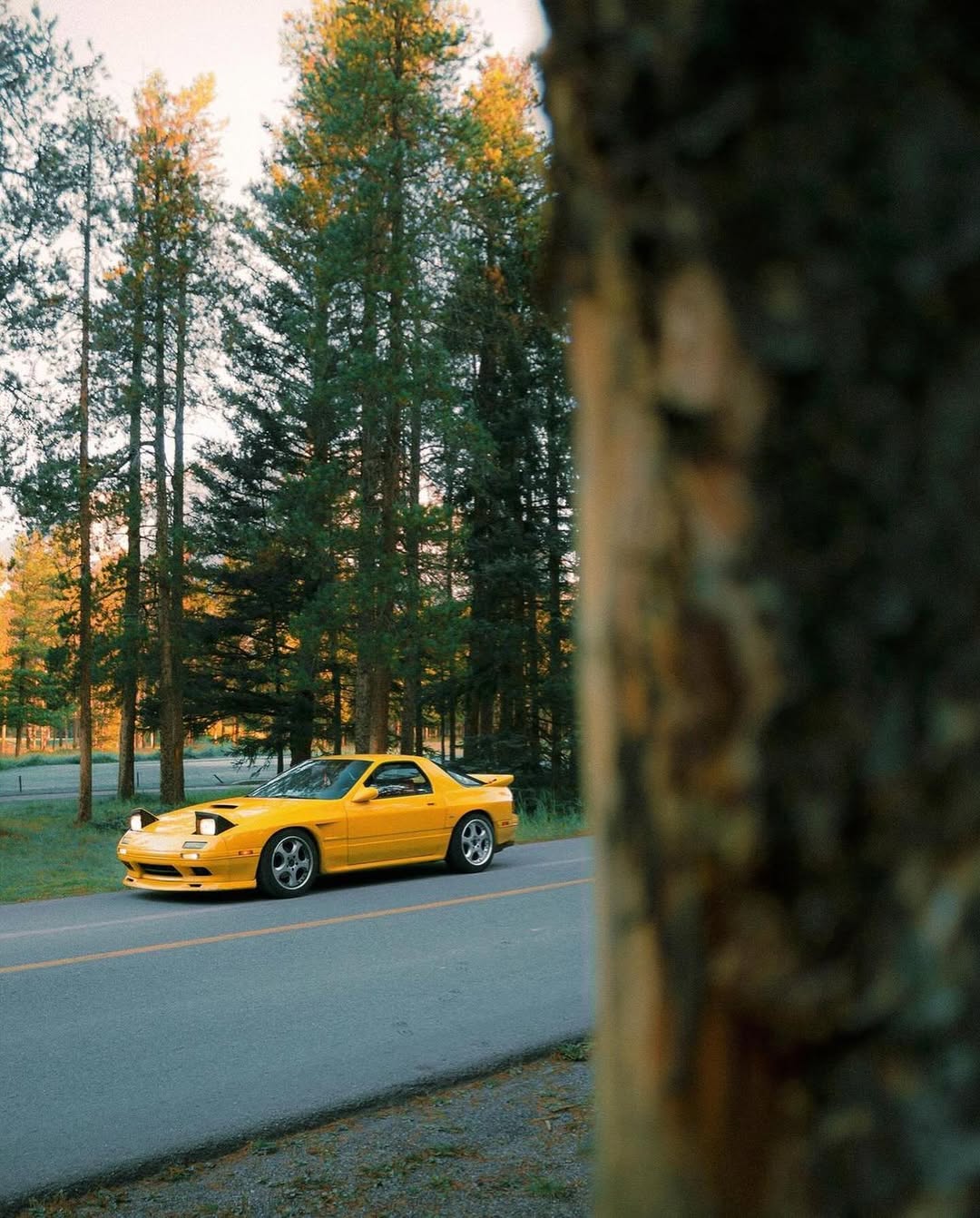- Car Talk
- Car Maintenance
- Car Engine
Common Reasons Why Your Car Leaking Oil When Parked
There is an oil puddle under your car or truck when putting it in park. Should you worry? Finding a dark oil...Car MaintenanceWhat Color Is Power Steering Fluid? Every Things To Know
What color is power steering fluid? Understanding the color of power steering fluid can be key to maintaining vehicle health. While...Car MaintenanceYour Ultimate Guide to Windshield Crack Repair!
Often overlooked, windshield cracks, no matter how small, can bring serious consequences. While limiting your view, it can also be a...
- Driving Tips
- Driving Tips
7 Defensive Driving Tips to Keep You Safe on Georgian Roads
Reports show that about 54% of road accidents in Georgia were caused by driver error. Becoming a good driver is an...Driving TipsHow To Do A Burnout In An Automatic: A Simple Way
You might be curious about how to do a burnout in an automatic car. While it looks cool, it's important to...Driving Tips6 Important Rules To Open Car Door Safely
Many people think that opening car door is a simple action. However, when open car door, drivers must follow these rules...Driving TipsDoes Releasing The Accelerator Pedal Burns Fuel?
Fuel efficiency is a thing that has become the need of the hour. Every car manufacturer has been striving hard to...
- Car Review
- Car Comparison
ABOUT US
CAR FROM JAPAN is the leading online used cars marketplace in Japan, where you can buy a car directly from Japan and get it delivered to your nearest port.
Address: Iwamotocho 3-10-7-7F Tojiki Building, Chiyoda, Tokyo, Japan 101-0032.
Phone: +81 50 3171 3983
Email: ask@carfromjapan.com
2025 Copyright © CAR FROM JAPAN Co., Ltd. All Rights Reserved.



